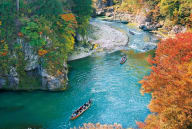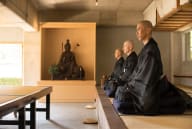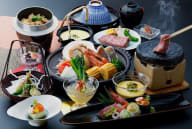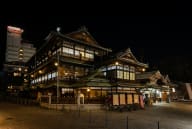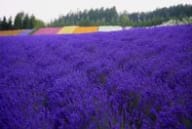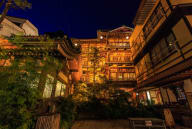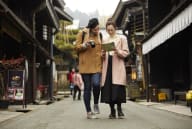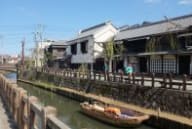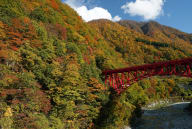
Story Tanabata, a wish upon a star By JNTO On June 18 2021
A celebration of wishes across the Milky Way
Tanabata is a Japanese celebration commemorating the romance of two lovers – a married couple – represented by the stars Vega (Orihime), also known as the weaver star, and Altair (Hikoboshi), the cow-herder star. According to legend, the two are able to traverse the Milky Way to reunite with each other only once a year after fulfilling their celestial duties, on July 7th (based on the Japanese lunisolar calendar). The traditional Japanese calendar is about a month behind the Gregorian calendar, so most of the famous Tanabata festivals in present-day Japan are held in August in order to observe the tradition and custom where the charming story originates.

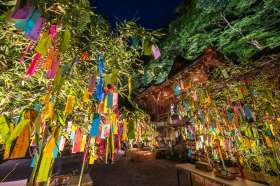
Tanabata is celebrated with wishes written on long, narrow strips of coloured paper called tanzaku which are hung on bamboo trees, along with other vibrant ornaments and decorations to enliven the festive mood of homes as well as shopping arcades, train stations, and other public spaces. The tanzaku are then floated along a river or ocean, or burnt as an offering.
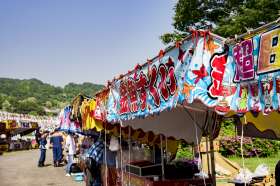

The celebrations – which usually include parades, food stalls, and fireworks – happen in many cities all over Japan. The traditional fare of the Tanabata festival is the somen, which is commonly enjoyed with a light dipping sauce. The long thin noodles are seen to represent the strands of threads worked by Orihime.
In order to further control the pandemic situation, many of the Tanabata events in 2021 are cancelled or scaled down, so check out the official websites for relevant information.
Celebration of a massive scale
The Sendai Tanabata, typically held from August 6-8, is one of the biggest and most famous tanabata celebrations in Japan.
The festivities take place throughout downtown Sendai, where bamboo decorations with colourful, giant streamers are displayed across the city’s major shopping arcades. Visitors can also partake in workshops making nanatsu-kazari (handmade paper charms) and tanzaku notes, or taste local cuisine at the Festival Square. Sendai is also famous for its Tanabata dances: the Suzume Odori in the day and the Bon Odori at night.
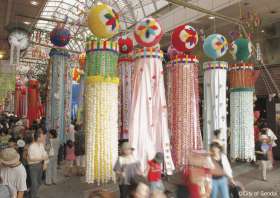

At night, there are brilliant illuminations inspired by the Milky Way at Zuihoden (mausoleum of Date Masamune) and Sendai Castle just outside town, and the final night sees a major fireworks festival with 16,000 fireworks set off at Nishi Park.
Official site: Sendai Tanabata Festival
Celebrating Tanabata Kyoto style
Kyoto boasts two special tanabata celebrations: the Kyo-no-Tanabata and the Kyoto Tanabata Sky Latern Festival.
Kyo-no-Tanabata is a collection of events held in August, which as mentioned earlier is also when Tanabata falls on the traditional calendar. The events are designed around the theme of “wishes,” in honour of the tradition of “making a wish once a year.” It is an important occasion filled with magic created by mystical bamboo and pretty lights, where visitors can enjoy the tradition of Tanabata in true Kyoto style.
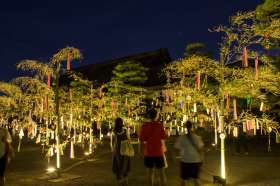

The Kyoto Tanabata Sky Lantern Festival at Kamigamo Shrine lights up the night with a breathtaking 18,000 sky lanterns. Held over two weekends in August, visitors write their wishes on these paper lanterns which are then released into the heavens during the countdown, sprinkling the sky with messages of love.
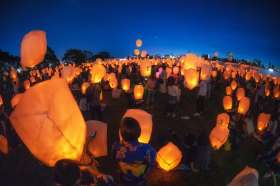
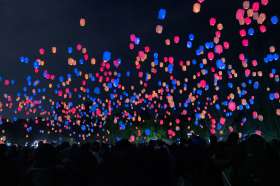
Official site: Kyo no Tanabata (Kyoto.travel) and Tanabata 2021 (Japanese only)
Tanabata with a twist of fireworks
The Irumagawa Tanabata Festival is a two-day event that is held in the first weekend of August. Celebrated since the Edo era, Sayama City displays about 140 gigantic, colourful tanabata decorations that stretch about 1.5km long on Tanabata Street, making it one of the three largest tanabata celebrations in the Kanto region.
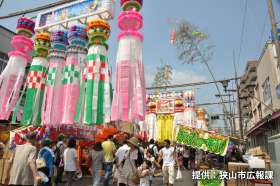
Held along the Irumagawa River, the event features hundreds of street stalls, offering up plenty of food, drinks, as well as traditional Japanese games, such as the popular goldfish fishing game.
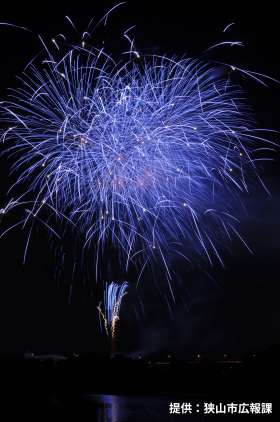
In addition to enjoying the festivities, the major highlight of the Irumagawa Tanabata Festival is the Noryo Fireworks Festival – a 30-minute display which showcases an impressive array of thousands of starbursts that beautifully bloom over the Irumagawa River on the first night.
Official site: Sayama City Tourism Association
Did you know that you can participate in Tanabata festivities here in Singapore? Make a wish at ACM’s “Life in Edo | Russel Wong in Kyoto” exhibition wishing wall at the Level 2 foyer. The wishing wall was inspired by the Tanabata custom of hanging colourful messages on bamboo.
Find out more about the exhibition here.
(link: http://www.nhb.gov.sg/.../life-in-edo-russel-wong-in-kyoto)

















